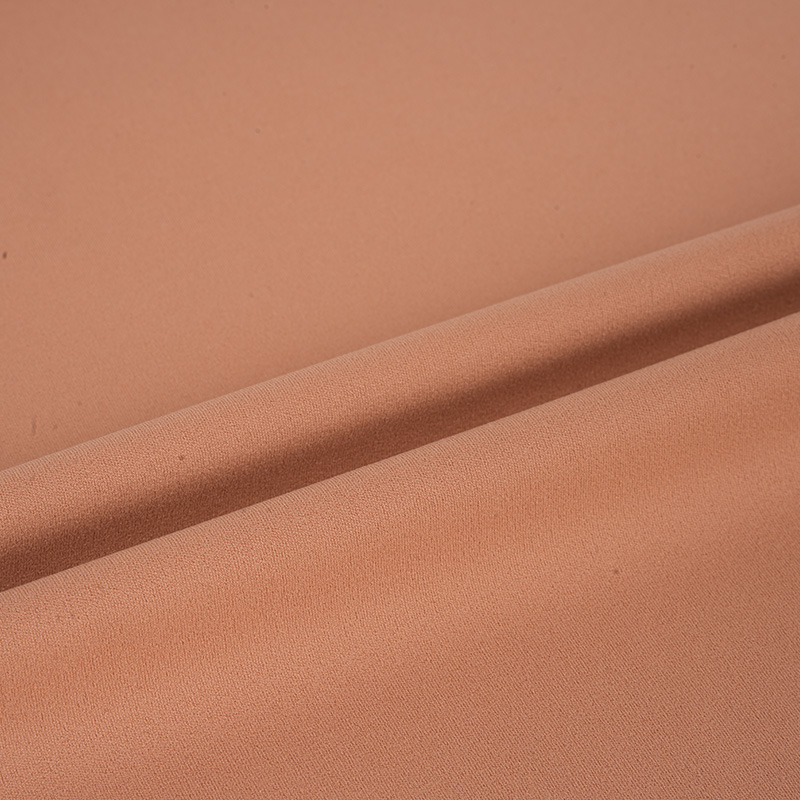We are located in Haining City, Zhejiang Province, one of China's famous knitting industrial Bases.
Gym fabric is engineered to handle high-performance activities by combining advanced textile technology with functional material blends. When it comes to exercises like squatting, lunging, or stretching, the fabric’s ability to move with the body while maintaining its form is essential.
1. 4-Way Stretch for Full Range of Motion
Most high-quality gym fabrics feature 4-way stretch, meaning the fabric stretches both crosswise and lengthwise. This ensures:
-
Freedom of movement during dynamic exercises.
-
Consistent pressure distribution, which reduces restriction and enhances comfort.
-
No deformation, even after repeated stretching.
2. Spandex/Elastane Integration
Gym fabrics often contain 10–25% spandex (also called elastane or Lycra) blended with nylon or polyester. Spandex contributes:
-
High elasticity, allowing garments to flex and recover immediately.
-
Shape retention, ensuring the fabric doesn't sag, bag, or become loose after use.
-
Tension support, which gives the wearer a compressive, secure feel during intense workouts.
3. Strong Recovery Properties
Durability during motion depends not only on stretch but also on recovery rate. Gym fabrics are designed with:
-
Excellent rebound—the fabric returns to its original shape after every movement.
-
Structural memory, which helps avoid permanent deformation or looseness over time.

4. High-Density Knitting Techniques
Tightly knit fabrics provide both support and opacity, making them ideal for performance:
-
No transparency during deep bends or squats.
-
Even tension across the garment, so it doesn’t bunch or ride up during activity.
-
Stable surface tension, preventing the material from losing its contour around joints and curves.
5. Compression Support
Many gym fabrics are intentionally designed with mild to moderate compression, which:
-
Enhances muscle support.
-
Reduces fabric movement on the skin.
-
Adds a sculpted, flattering fit without shifting or stretching out.
6. Durability Through Repeated Use
Top-tier gym fabrics are tested for:
-
Tensile strength and elongation.
-
Shape retention after multiple wash and wear cycles.
-
Resistance to pilling and fiber breakdown—especially in high-friction areas like knees and thighs.

 English
English  Español
Español  عربى
عربى 













